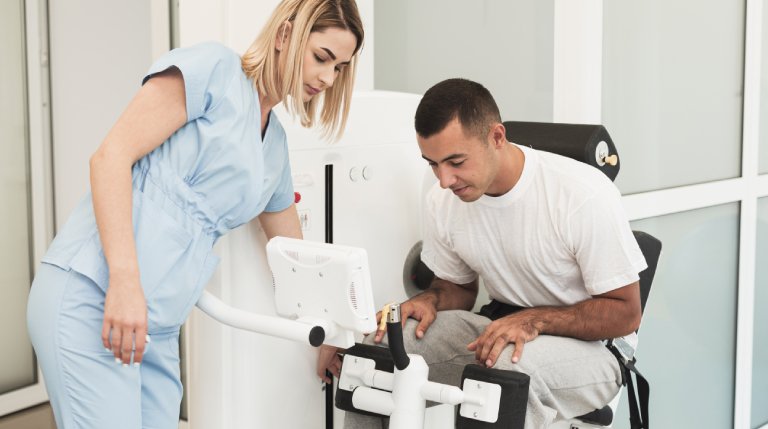
Elbow Dislocation: Causes and symptoms
When the elbow joint surfaces are separated, an elbow can be considered dislocated. Elbow dislocations can be partial or complete and also most commonly occurs after a trauma such as an accident or a fall. In a complete type of dislocation of the elbow, the joint surfaces are in complete separation. In a partial type of dislocation, the surfaces of the joint are only partially separated. A partial type of dislocation is also called a ‘subluxation’. Three types of bones come together to make up what is known as an elbow joint.
The types of elbow dislocation and causes
The humerus is the upper arm bone. Two bones from the forearm together form the elbow lower part. Each of the bones have a very distinct shape. Ligaments that are connected to the bones help keep the elbow joint in sync and in an appropriate alignment. The elbow is a ball and socket joint and can also be categorized as a hinge joint. Elbow dislocations are rare and typically occur when an individual falls onto a hand that has been outstretched. When the hand hits the ground level, the force is then collaboratively sent to the elbow. This can rotate and drive the elbow out of the pocket region.
The symptoms and degree of risk
The elbow is stable because of the combined and stabilizing effect on the surfaces of the bone, muscles and ligaments. When the elbow dislocates, these structures can undergo surgery to different degrees. A simple elbow dislocation does not cause a major injury to the bone. A complex dislocation can have severe implications in terms of ligament and bone injuries. In the most severe types of dislocations, the nerves and the blood vessels traveling across the elbow will be injured and there can also be some bruising. In case this happens, there is a potential risk of losing the whole arm. Some individuals are born with a greater looseness and laxity in their ligaments. These individuals are at a higher risk of having their elbows dislocated. A few people are born with a bone known as the ‘ulna bone’ with a shallow groove for the hinge joint in the elbow. They also have a slightly high risk of dislocation.
Conclusion
A complete elbow dislocation is extremely painful and the arm will also look deformed. Partial type of elbow dislocations continue to recur over time if ligaments never heal. A partial dislocation of the elbow or a subluxation is comparatively more complex to detect. Typically this only happens after the occurrence of an accident. Because the elbow is only partly dislocated, the bones can relocate spontaneously and the joint will appear fairly normal. An X-ray is the best way to confirm that an elbow has undergone dislocation. A CT scan or a MRI can also be done if the evaluation of the ligaments is important, however it is only rarely required. Consult Dr Yugal today!




